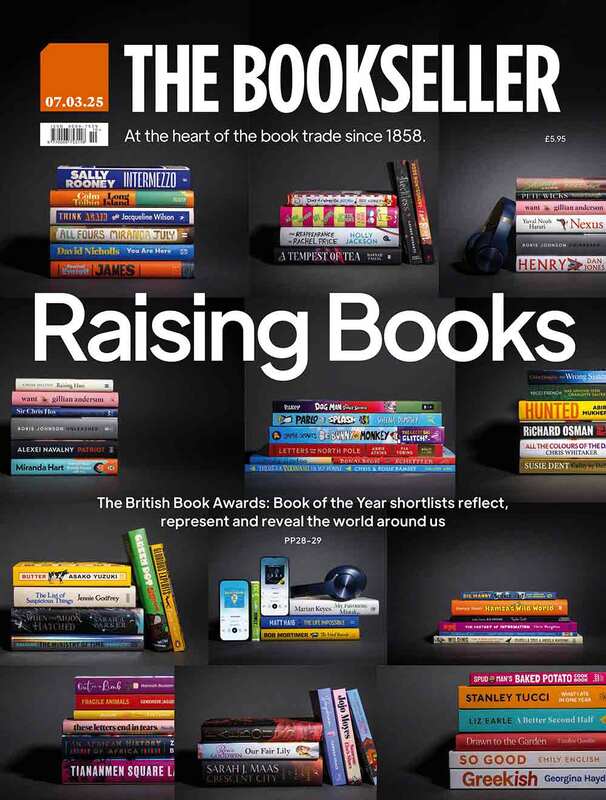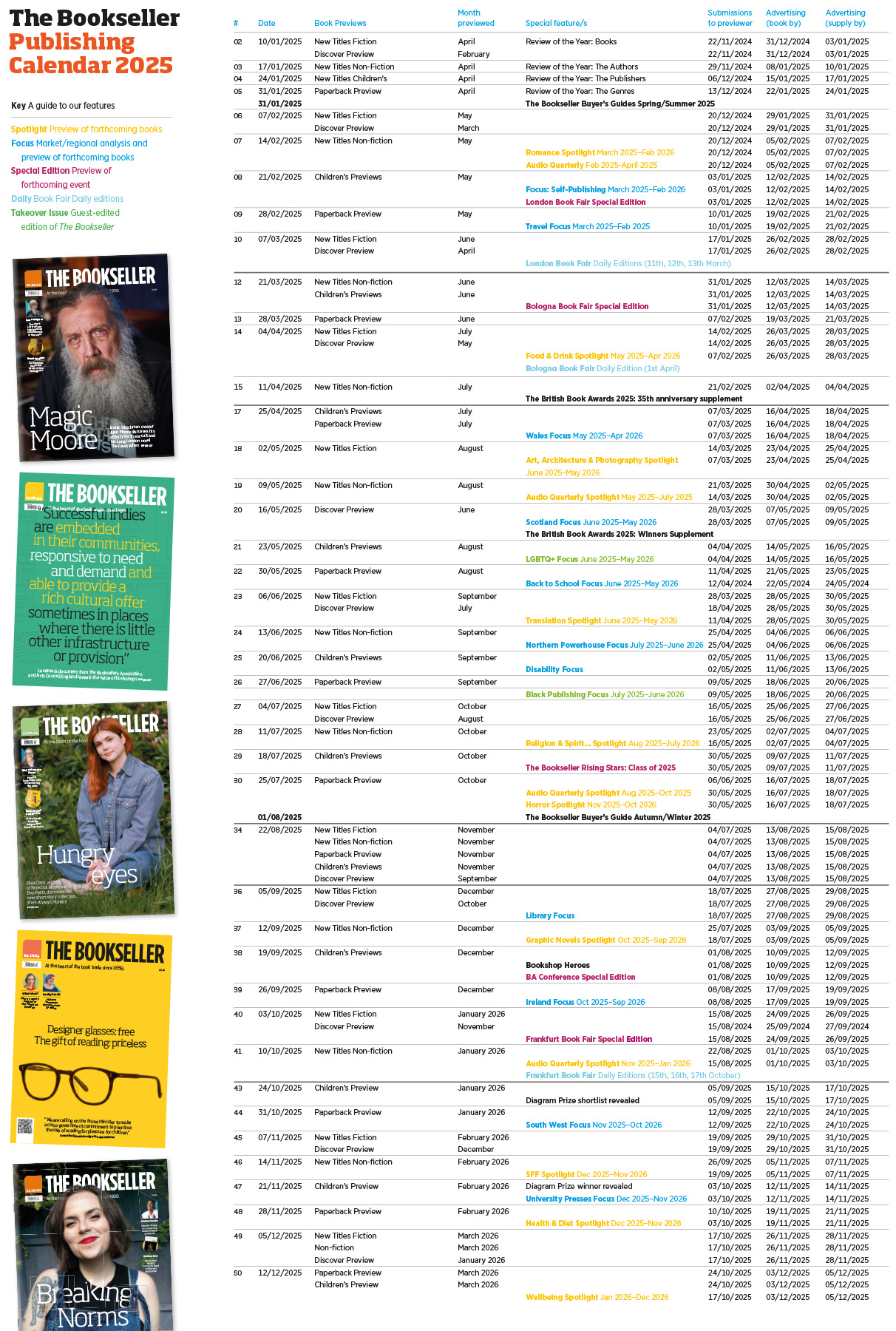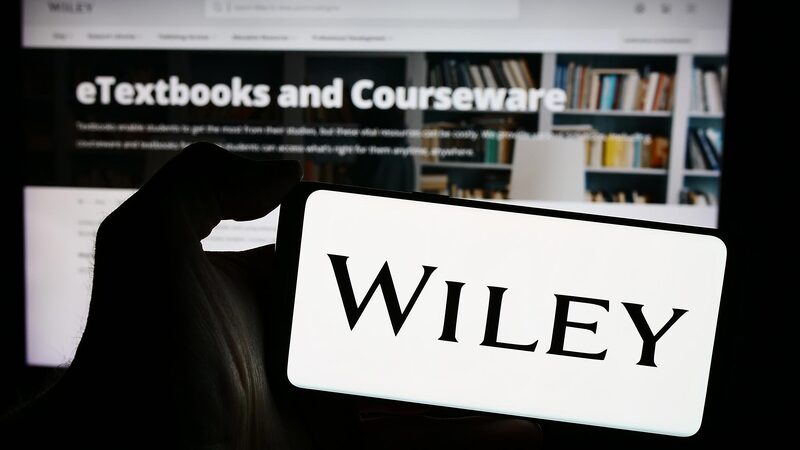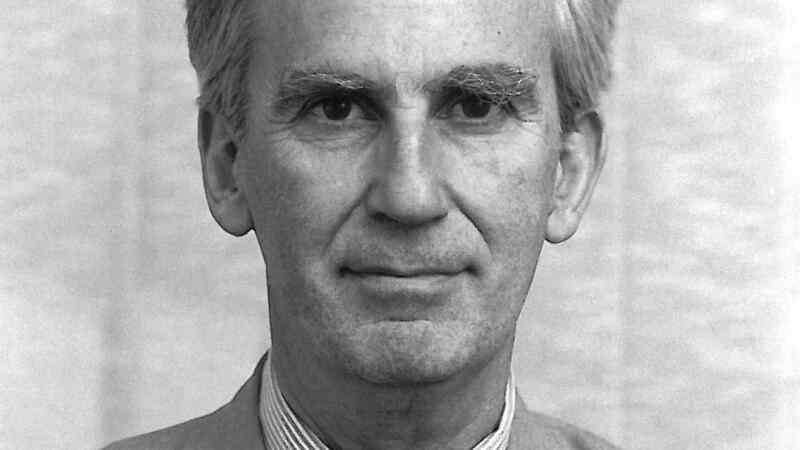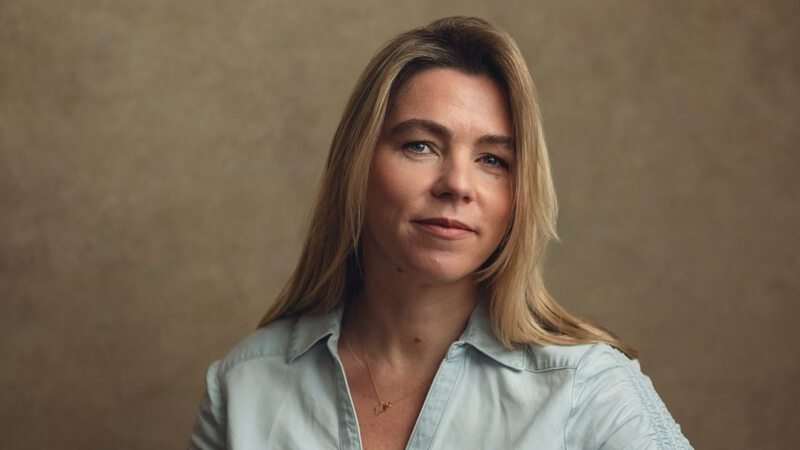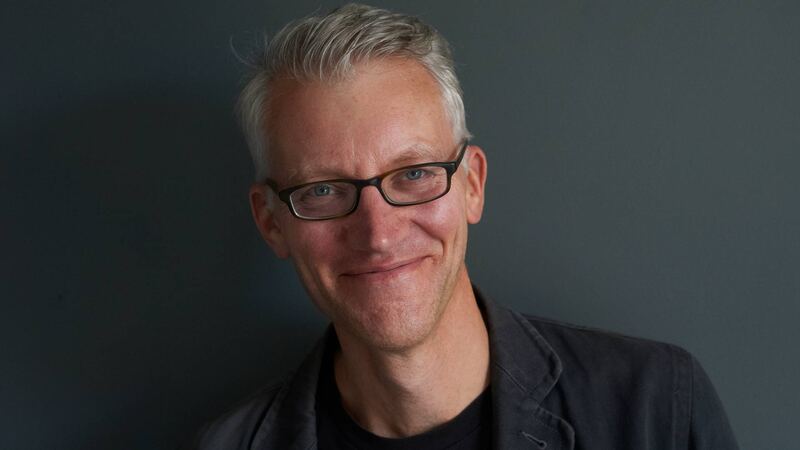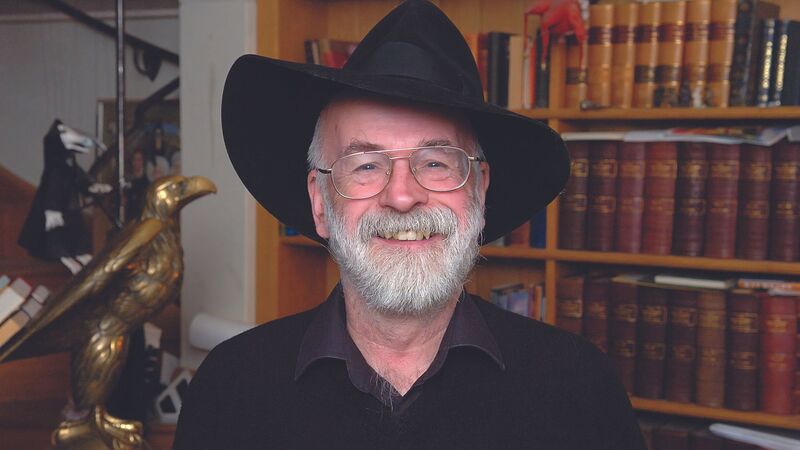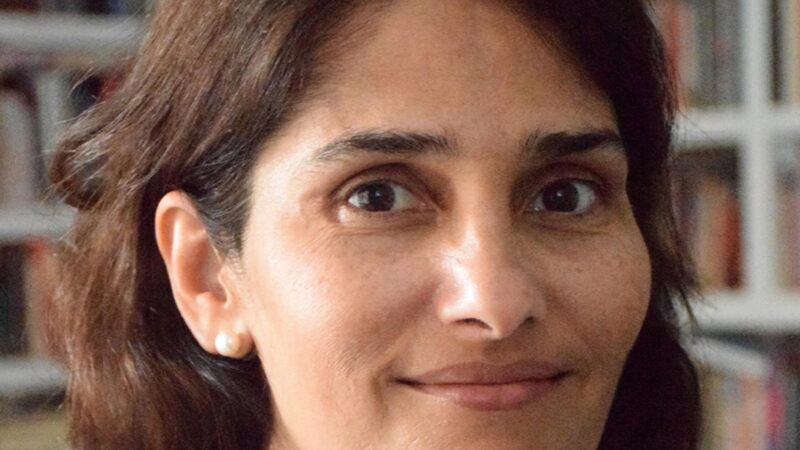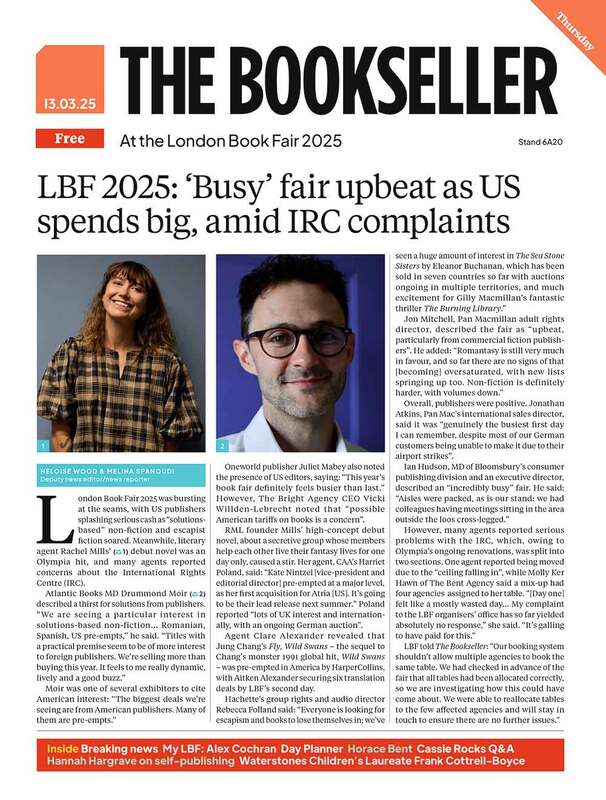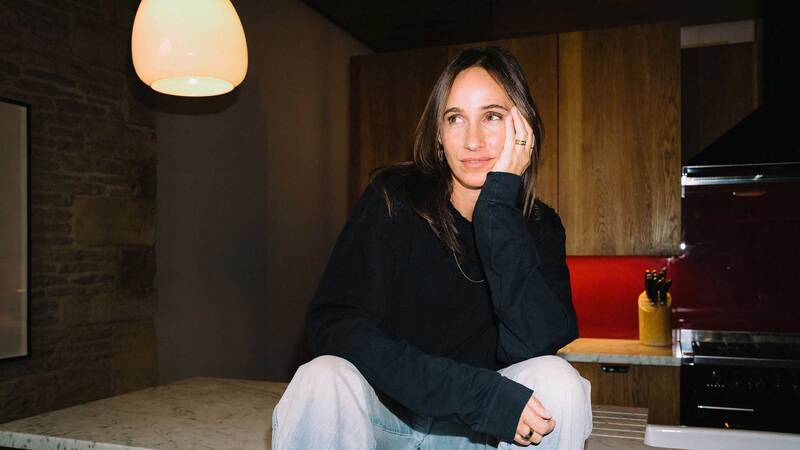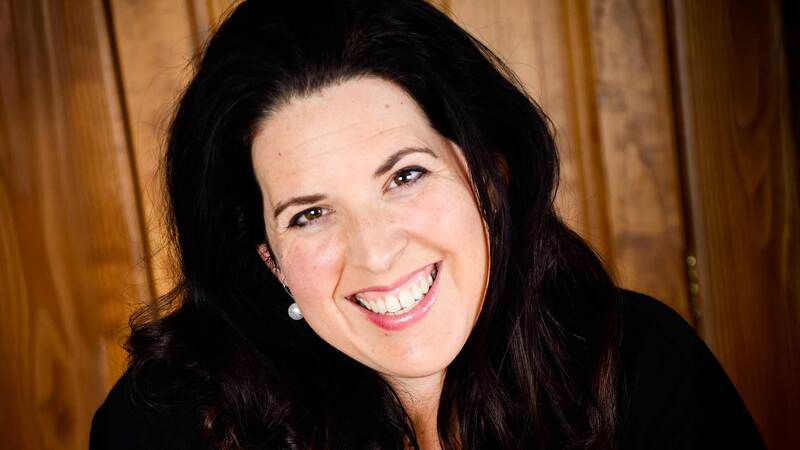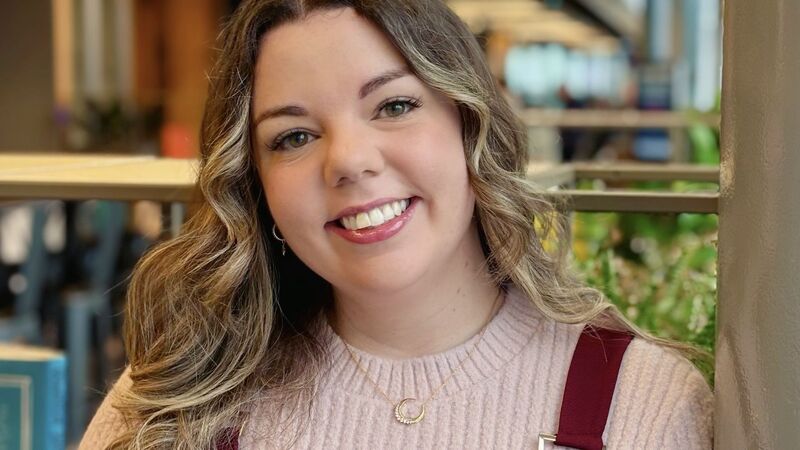You are viewing your 1 free article this month. Login to read more articles.
Redmayne targets growth for HC
HarperCollins UK saw its sales fall in its past financial year, but profits improved, with c.e.o. Charlie Redmayne determined to grow the business again, with its structure capable of supporting a business 50% bigger than its current turnover.
In the year to 30th June 2016, the publisher recorded sales of £184m, down from £186m in the previous year. But operating profit rose from £13m to £15.3m—the third year of improved profit under Redmayne’s stewardship. He told The Bookseller he was pleased with the publishing generally during the period, but that he had been focusing on profitability: ”We’ve taken out a layer of cost, with the executive team much smaller than it was when I took over. We make sure we are investing only in those things that are critical for the business, and not investing in things that don’t drive profit. It’s a pretty well run business on that front. We’ve grown profit each year for the past three years, and we will do so again this year.”
According to Nielsen TCM statistics, HC’s market share during this period was 7.3%, with its biggest sellers including David Walliams’ Grandpa’s Great Escape and The World’s Worst Children (published at the end of this fiscal year), Judith Kerr’s Mog’s Christmas Calamity, S K Tremayne’s The Ice Twins and Anthony Doerr’s All the Light We Cannot See.
Redmayne said HC had grown its e-book and audiobook businesses during a market shift in both sectors, and its education business Collins Learning under Colin Hughes. Imprint Borough Press successfully launched début writer Joanna Cannon (with The Trouble with Goats and Sheep) during this period, while Fourth Estate sold 150,000 copies of Doerr’s book. Redmayne said the business was still waiting on a new book from George R R Martin and Hilary Mantel’s follow-up to Bring Up the Bodies, which will add to the top-line when they come through.
The group also integrated the Harlequin Mills & Boon operation, which contributed £1m to the profit figure, and launched the new HQ imprint. At Mills & Boon, Redmayne said that under its executive publisher Lisa Milton, it had stopped the decline in its direct-to-consumer business. “There was a feeling that we were losing the direct element of it, and that going out and getting new subscribers was not something that could be done. With a combination of new marketing and better content, we have arrested the decline and brought on new subscribers. Now we think we can really push that up again.”
He said HQ was charged with becoming a big part of the overall publishing business. “What I want people to understand is that HQ is a really serious imprint. The task I gave to Lisa was to grow it to try and match HarperFiction, which is a £50m business. We will see significant growth this year, and then we will accelerate it.”
Redmayne said that outside of children’s author David Walliams, and brand authors such as Bernard Cornwell, Wilbur Smith, Patrica Cornwell and David Baddiel, the business had lacked a genuine break-out hit. Redmayne told The Bookseller: “I'm comfortable with where the publishing businesses are. We’ve tried to focus on profitability, but as we go forward I also want to grow the top-line, and that is a frustration. Big, breakout successes such as [Paula Hawkins’] The Girl on the Train don’t come around that often, and we haven’t had anything of that standing. I’d love to see that happen around one of our event books, no doubt about it.”
He added that he wanted to see HC improve its product development, particularly around the highly commercial non-fiction titles such as the Ladybird Books for Grown-Ups and the Famous Five spin-offs. “It’s a different type of publishing, and I’m not sure we did that well with it last year. That’s an area I want to see us develop. I’ve tasked all the publishing divisions to go at this, and you will see more of that from us this year.”
The education business “hit its numbers”, with a profit margin ahead of the group’s overall level on a turnover of around £40m, thanks to winning contracts during curriculum change and strong international growth, he noted. The distribution operation, based in Glasgow, was back on track: “With physical books growing, we see this as an opportunity. We are looking to bring more clients in.”
Redmayne said he wanted HarperCollins UK to grow significantly, and was on the hunt for further acquisitions that could slip into the HC structure. “We are broadly a £200m business generating about a 10% margin; what I would like to do is turn us into a £300m company generating a 12%–13% profit margin. We are quite a big house with a small roof on top; we do everything from publishing to distribution and that gives us a level of control, but it brings with it a significant cost base. What I would like to do is overlay revenue on top, because I can do that without increasing the cost base to the same degree.” He pointed to the successful integration of the Harlequin businesses worldwide, and the creation of foreign-language divisions of HC that enable it to publish authors in 17 different languages. “It’s a great deal more expensive to set up the offices from scratch. The Harlequin acquisition has been a real success.”
He added that the competitive environment had become more intense: “There are a lot of new imprints who want to grow their top-lines, and that makes it difficult for everyone. There are some big numbers being thrown about. We will pay the right number, but we want to run a responsible business. We will pay those numbers by raising the profitability.”
He also pointed to the continuing growth in audiobooks, where HC’s strategy of producing all its titles in audio format had given it an advantage, and added that its e-book business has remained in growth despite the shift back to agency contracts. “There has been a lot of focus on the plateauing of e-books because of price, but it is also about relevance: Amazon is focused on building Kindle Unlimited, its own publishing and self-publishing, and that means that books from the bigger publishing companies tend not to get the same exposure. But it is also ghettoising them, as consumers are not seeing the kinds of books they see and are buying elsewhere.”
Finally, Redmayne noted the work being done around diversity, with publishers now pushing each other to improve representation at all levels, including output: “Publishing needs to be represenative of the audience it wants to reach, and this is for now rightly focused on BAME authors and publishers, but also includes gender and class. We want to be a publishing company of all voices."


